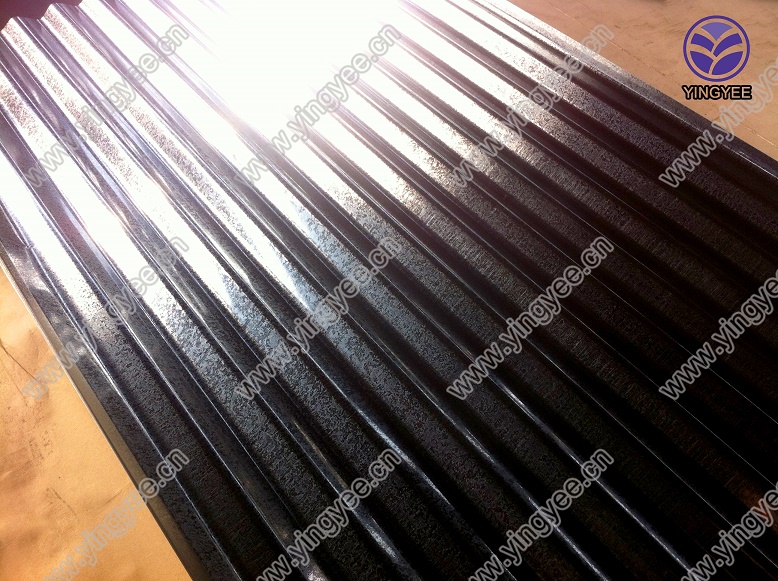
Understanding Main Furring Roll Forming Machines
Roll forming is a highly efficient manufacturing process used primarily in the production of metal profiles and sheets. Among various types of roll forming machines, the main furring roll forming machine has gained significant popularity due to its versatility and efficiency in the construction and building industry.
What is a Main Furring Roll Forming Machine?
A main furring roll forming machine is specifically designed to create furring channels, which are vital components used in framing, drywall installations, and various construction applications. These channels provide a robust framework that supports walls, ceilings, and other structural elements in both residential and commercial buildings. The furring channels created by these machines can come in various shapes and sizes, making them suitable for diverse construction needs.
The Process of Roll Forming
The roll forming process involves feeding a continuous strip of metal, usually cold-rolled steel or galvanized steel, through a series of rollers. Each set of rollers is strategically positioned to gradually bend the metal strip into the desired shape. This process is not only efficient but also allows for high production speeds and minimal waste, making it an ideal choice for large-scale manufacturing.
The main furring roll forming machine operates using a series of rollers and guides to ensure that the metal strip maintains the desired dimensions and specifications throughout the manufacturing process. The operation can be fully automated, which significantly reduces labor costs and increases productivity.
Key Features of Main Furring Roll Forming Machines
1. Customization The ability to produce various profiles is one of the standout features of furring roll forming machines. Manufacturers can design specific roller configurations to create custom shapes as per the client's requirements, making it a versatile tool for different projects.

2. Durability The machines are typically built to withstand high production levels and are made from robust materials. This ensures longevity and reliability, reducing the need for frequent maintenance or replacements.
3. High Efficiency Main furring roll forming machines can produce large quantities of furring channels rapidly, often in a continuous operation mode. This efficiency is a strong advantage in the fast-paced construction industry.
4. Precision Roll forming inherently offers a high degree of accuracy in the dimensions and tolerances of the product. This is crucial in construction where precise measurements are vital for structural integrity.
5. Cost-Effectiveness Due to their efficient material usage and low labor costs, companies can significantly reduce their production costs, thereby increasing their profitability.
Applications of Main Furring Roll Forming Machines
The furring channels produced by these machines are used in various applications
- Drywall Installation Furring channels provide a base for attaching drywall, ensuring that walls are structurally sound and level. - Ceiling Installations They are commonly used for suspended ceilings, providing the framework needed to support ceiling tiles. - Railings and Frameworks Furring channels are employed in creating frameworks for railings and other structural installations.
Conclusion
In summary, the main furring roll forming machine plays a critical role in modern construction. Its ability to efficiently produce high-quality furring channels makes it an invaluable asset for manufacturers and contractors alike. As the demand for construction materials continues to grow, investing in advanced roll forming technology, particularly the furring roll forming machine, can greatly enhance production capabilities and support the ever-evolving needs of the industry. By embracing these machines, companies can ensure they remain competitive and efficient in a dynamic market.